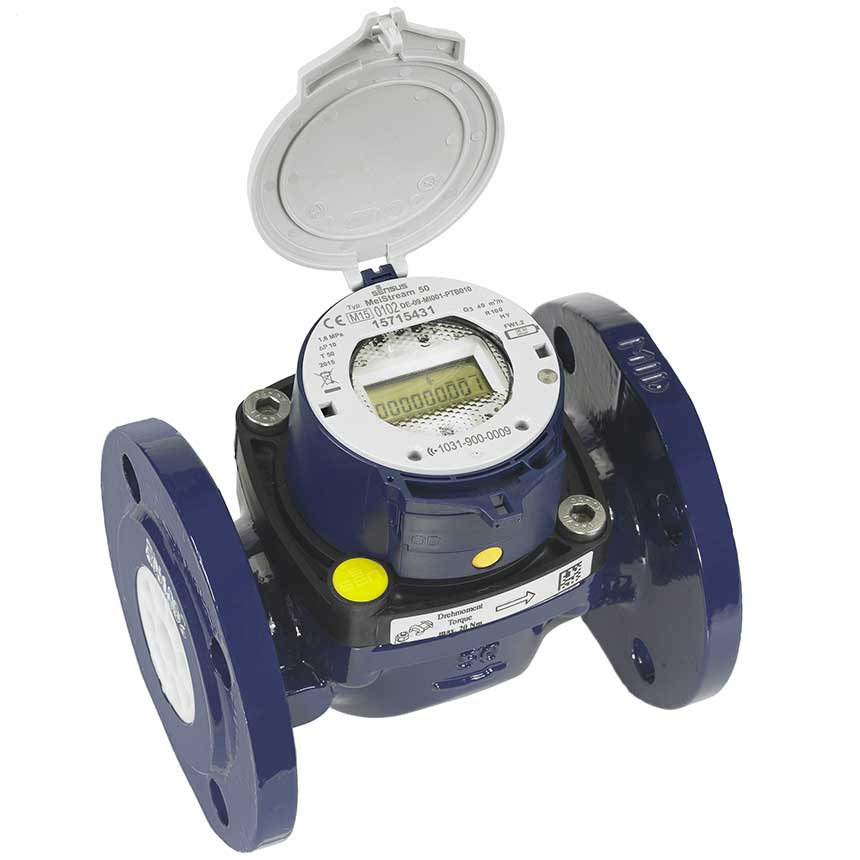
Positive displacement flow meters measure the volumetric flow rate of a moving fluid or gas by way of precision-fitted gears or rotors containing cavities through which precisely known volumes ofįluid pass. They are also ideal for applications where low pressure drop and low Magmeters will generally not work with hydrocarbons, distilled water and many non-aqueous solutions. A conducting fluid and a non-conducting pipe Electrodes detect the voltage which is directly proportional to the flow rate.Įlectromagnetic flow meters can measure corrosive liquids and slurries, and have the ability to measure flow in both directions with equal accuracy. With magmeters, the liquid serves as the conductor and the magnetic field isĬreated by energized coils outside the flow tube. According to Faraday's Law, the voltage induced acrossĪny conductor as it moves at right angles through a magnetic field is proportional to the velocity of that conductor. Taken with highly viscous liquids, though, as accuracy can be adversely affected or not achieved.Įlectromagnetic flow meters are volumetric flow meters that measure the voltage created when conductive liquids move through a magnetic field. Installation is relatively easy and the meters often offer temperature and pressure measurements as well, measurements of mass flow compensation. The meters are available in a wide range of line sizes with wide The higher the pressure drop, the higher the flow rate.ĭifferential pressure flow meters utilize a robust, time proven measuring technique for a wide range of clean liquids and gases. According to Bernoulli's principle, the pressure drop across theĬonstriction is proportional to the square of the flow rate. Highly sensitive pressure sensors measure the pressure before and after the constriction. Tube to create an artificial constriction. These meters can contain laminar plates, an orifice, nozzle, or Venturi The lack of straight pipe requirements and moving parts makes them a very attractive alternative to other flowĭifferential Pressure flow meters measure the velocity of fluids by reading the pressure loss across a pipe constriction. Of the physical fluid properties, these meters typically have a very high accuracy. Since the measurement principle is independent This distortion is picked up by special sensors and converted to an output signal.Ĭoriolis mass flow meters can provide flow (mass or volume), density, and temperature measurements of liquids and gases all within a single meter. Measuring tube that is directly proportional to the mass flow rate. As the fluid is "deflected", the forces generated cause an extremely slight distortion or 'twisting action' of the Coriolis flow metersĪrtificially introduce a Coriolis acceleration into the flowing stream. Other types of flow meters, notably differential pressure and variable area flow meters, do not measure volume, velocity or mass, but rather measure flow by inferring its value from otherįlow Meter Technology Coriolis Mass Flow MetersĬoriolis meters make direct mass flow measurements based upon the Coriolis effect: the deflection of moving objects when they are viewed in a rotating reference frame. Of flow meter technologies that measure mass flow include Coriolis mass and thermal flow meters. Mass flow in which W = RQ, meaning that the mass flow of fluid passing through a flow meter (W) is equal to the fluid density (R) times the volume of the fluid (Q). Examples of flow meter technologies that measure velocity include electromagnetic, turbine, ultrasonic, and vortex flow meters. Of the flowing stream to determine the volumetric flow. The only flow meter technology that measures volume directly is the positive displacement flow meter, however, other types of flow meters measure the velocity Volumetric flow in which Q = AV, meaning that the volume of fluid passing through a flow meter (Q) is equal to the cross-sectional area of the pipe (A) times the average Understanding the needs of an application is always the first stepįlow measurement can be described in either of two ways:

Each of these technologies comes with particular advantages and disadvantages.

Because of this, a number of flow measurement Whether determining the proper concentrations of ingredients in manufacturing, measuring fuel usage, ensuring properįlow for cooling equipment, or monitoring municipal water and sewer services flow meters serve in a wide variety of applications. Flow meters are instruments designed to quantify the rate or volume of a movingįluid-either liquid or gas-in an open or closed conduit. Flow Meter Resources Flow Meter Application AdvisorĪccurate flow measurement is a critical component of many commercial and industrial processes.


 0 kommentar(er)
0 kommentar(er)
